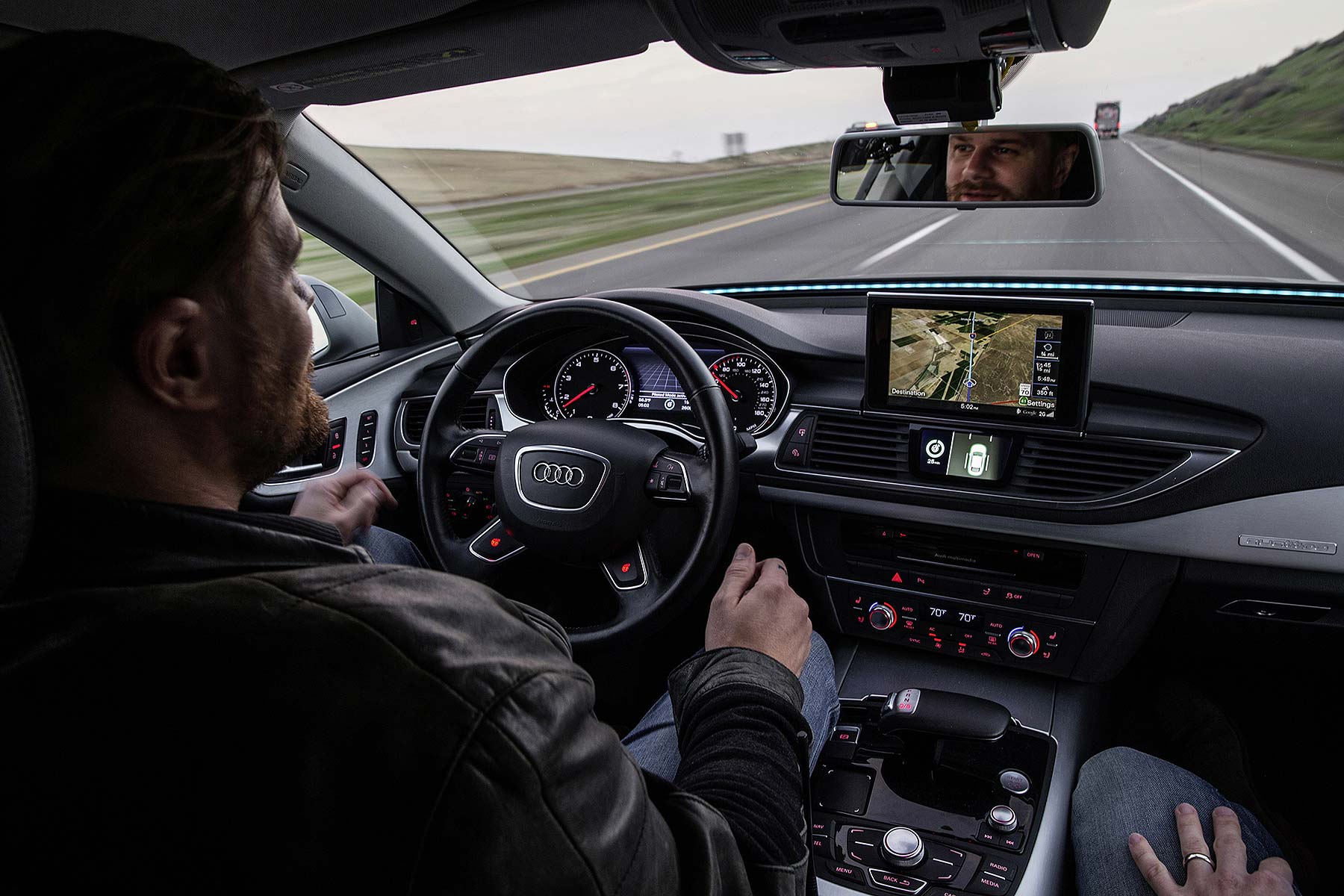 Although automated and driverless cars are coming, there’s worryingly little agreement on exactly what a car should be able to do in order to be called ‘automated’. The UK car insurance industry is to now help car manufacturers by outlining its own minimum criteria for automated systems.
Although automated and driverless cars are coming, there’s worryingly little agreement on exactly what a car should be able to do in order to be called ‘automated’. The UK car insurance industry is to now help car manufacturers by outlining its own minimum criteria for automated systems.
Thatcham Research has drawn up a list of 10 key features any truly automated vehicle should possess – because its director of research Matthew Avery believes “it is crucial that there is a clear definition of what constitutes an automated vehicle”.
There is, believes Avery, currently a risk of a dangerous grey area around semi-automated vehicles. “There is the potential for confusion,” added Ben Howarth of the Association of British Insurers.
“People could wrongly think their vehicles can be left alone to manage a journey independently. Insurers want to see manufacturers being absolutely clear about how they describe what their vehicles can do.”
The new criteria, it is hoped, will be used by the car insurance industry, as well as car makers and government, to accurately define what is and isn’t safe use of an automated car.
Crucially, the criteria thus defines what is not an automated vehicle. “A system that needs the driver to control or monitor the vehicle in any way cannot be classified as automated.” By this measure, no system currently offered in the UK can be considered automated.
Hence the 10-point checklist of key features and performance criteria any truly automated vehicle should possess:
- Naming: clearly describes automated capability
- Law abiding: complies with UK traffic laws and the Highway Code
- Location specific: functionality is limited to specific types of roads via ‘geo-fencing’
- Clear handover: there’s an easy ‘offer and confirm’ process for transferring driving control
- Safe driving: vehicle can manage all reasonably expected situations by itself
- Unanticipated handover: sufficient notice must be given if the vehicle needs to unexpected hand back driving control
- Safe stop: vehicle should stop safely if unable to continue or the driver does not take back control
- Emergency intervention: vehicles can avoid an accident by responding to an emergency
- Back-up systems: there are safeguards if any systems fail
- Accident data: full recording and reporting of what systems were in use in case of an accident
Thatcham hopes the new criteria will be used as part of the government’s ongoing Automated and Electric Vehicle Bill, which is currently passing through Parliament. This is intended to enable consumers in the UK to be amongst the first in the world to reap the rewards that improved transport technology will bring.
“The Bill will set the regulatory framework to enable the next wave of transport technology to be invented, designed, made and used in the UK.”
Included, it is hoped, exactly what is a truly automated and driverless car.